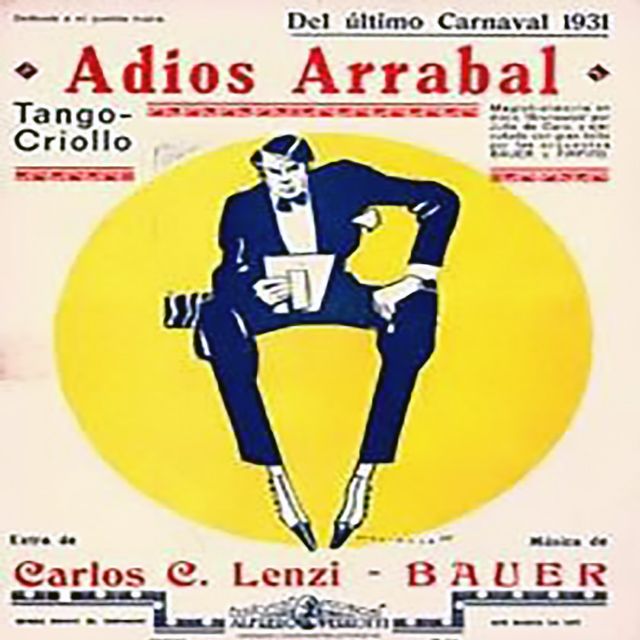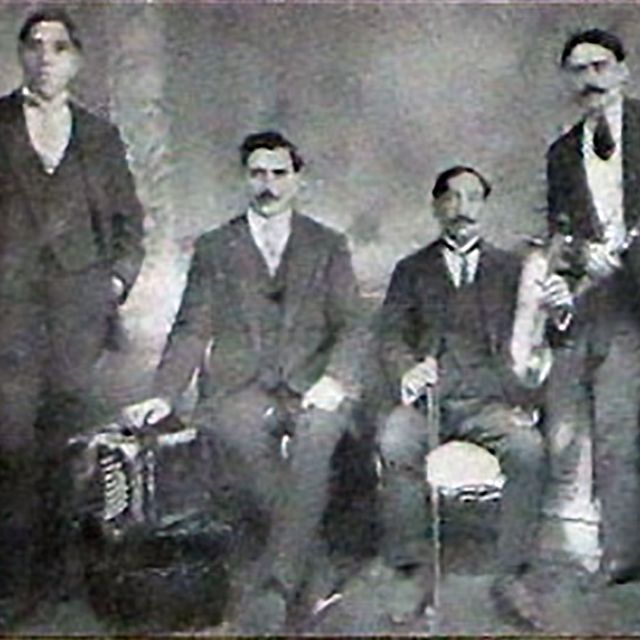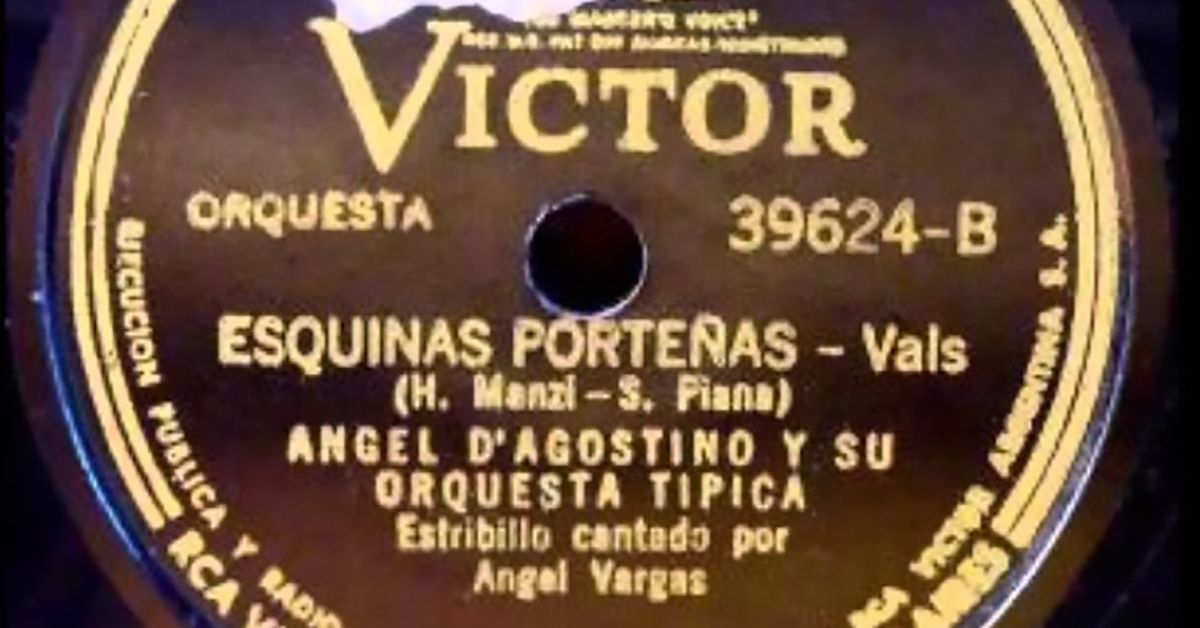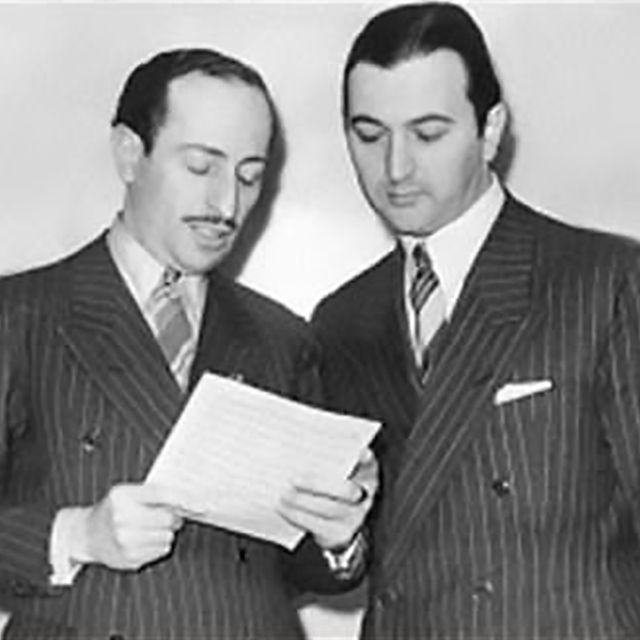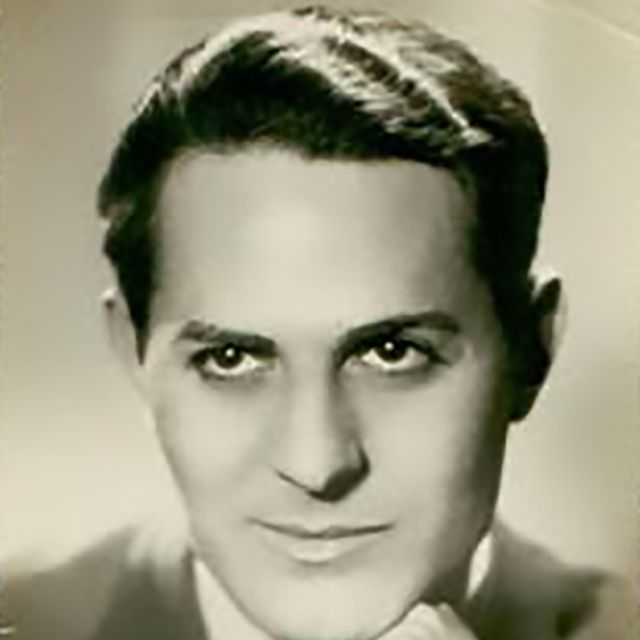“Adiós arrabal” by Ángel D’Agostino y su Orquesta Típica with Ángel Vargas in vocals, 1941.
“Adiós arrabal” by Ángel D’Agostino y su Orquesta Típica with Ángel Vargas in vocals, 1941.

Juan Baüer
Pianist, composer and leader (27 November 1897 – 13 September 1952)
Since childhood, he had been known by the nickname Firpito because he liked the tangos composed by Roberto Firpo.
The latter, on a certain occasion, called him that way.
He became a composer in 1924 and produced many great tangos, like this one.
He started his career working in movie theaters, theaters, and the Uruguayan Sondor records.
Baüer was born in Spain on November 27, 1897. When he was a kid, he arrived in Uruguay, Salto, where he grew up and studied.
He passed away in Montevideo on September 13, 1952.
Listen and buy:
-
Amazon music
-
iTunes music
-
Spotify
We are happy to have a collaboration with the people from tangotunes.com from whom some of you may have heard, they do high-quality transfers from original tango shellacs.
It is the number 1 source for professional Tango DJs all over the world.
- Now they started a new project that addresses the dancers and the website is https://en.mytango.online
You will find two compilations at the beginning, one tango and one vals compilation in amazing quality.
The price is 50€ each (for 32 songs each compilation) and now the good news!
If you enter the promo code 8343 when you register at this site you will get a 20% discount!
Thanks for supporting this project, you will find other useful information on the site, a great initiative.
More Argentine Tango music selected for you:
We have lots more music and history
